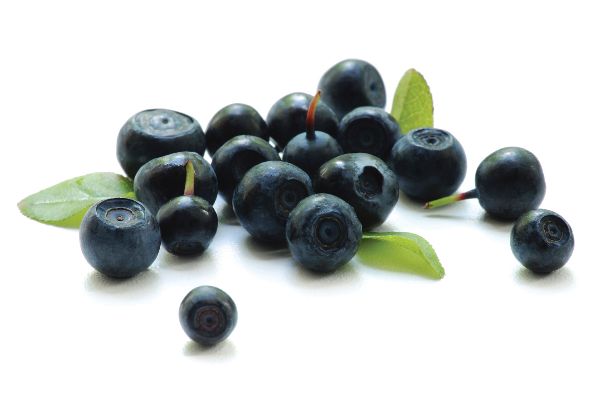
Acai
Perhaps the best find of the 21st century. Acai is a fruit from a special palm tree that grows exclusively in a very specific region of the Amazon. Acai has a wonderful flavor that resembles a mixture of chocolate and blueberries. Besides making a delicious smoothie, we also create an energy-packed bowl that is topped with fresh fruit and organic hemp granola. No matter how you eat it through a straw or with a spoon, you can be certain that you are taking in one the most nutritious and delicious foods on earth.
1 Energy Bowl = 300% of recommended daily antioxidant requirement.
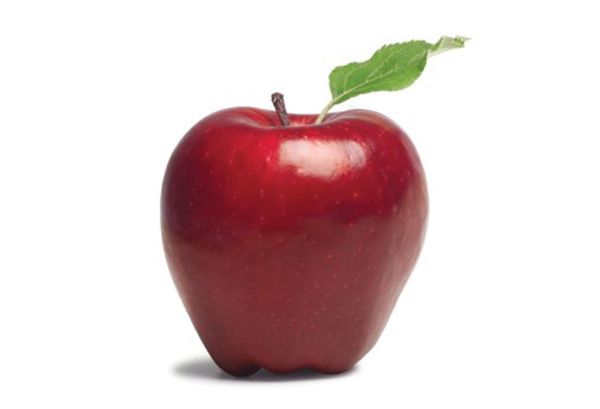
Apple
Apples are a terrific source of pectin, which forms a gel to remove toxins from the intestines and at the same time stimulates peristaltic and bowel activity. The potassium and phosphorus in apples help flush the kidney and control digestive upsets. The natural sugar in this fruit produces acids that stimulate saliva flow and digestion.
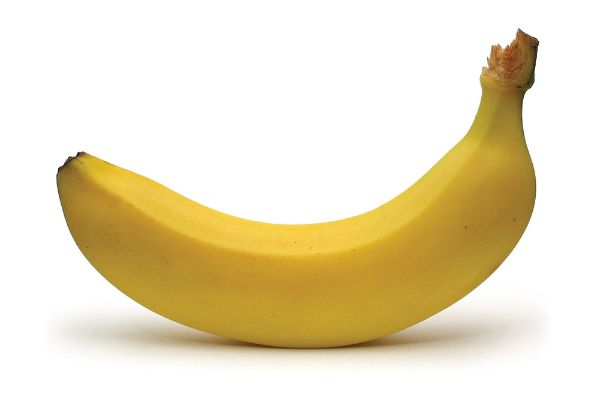
Banana
Is the most well known and eaten tropical fruit. Eat at least one banana a day, they are said to contain everything a human needs nutritionally. They even contain all the 8 amino-acids our body cannot produce itself. Bananas are a good source of fiber, potassium, and vitamin C. Ripe bananas stimulate bowl movement and prevent constipation. One medium size banana contains 110 calories, one gram of protein, 29 grams of carbohydrate, and four grams of dietary fiber. Bananas also contain 20 grams of sugar which makes them ideal for few of us who actually want to gain weight. Bananas also contain calcium, 357 mg of potassium, phosphorus and magnesium.
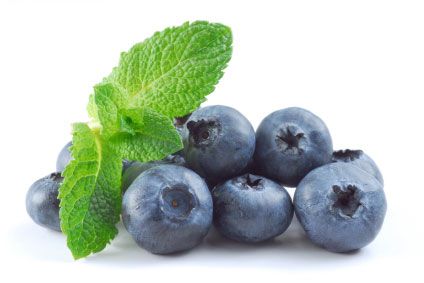
Blueberries
One cup of blueberries contains 80 calories, one gram of protein, half gram of fat, 20 grams of carbohydrates, and four grams of dietary fiber. Wild Blueberries are a tasty way to eat right and stay healthy. Blueberries has more of the antioxidant power you need to fight aging, cancer and heart disease when measured against comparable forms of other commercially available fruits and vegetables. Blueberries are 80% water. They contain vitamin C, sulfur, vitamin E, potassium, and magnesium.
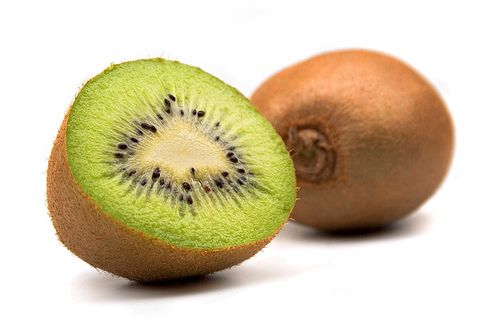
Kiwi
Kiwis are small fruits that pack a lot of flavor and plenty of health benefits. Their green flesh is sweet and tangy. It’s also full of nutrients like vitamin C, vitamin K, vitamin E, folate, and potassium. They also have a lot of antioxidants and are a good source of fiber. Their small black seeds are edible, as is the fuzzy brown peel, though many prefer to peel the kiwi before eating it.
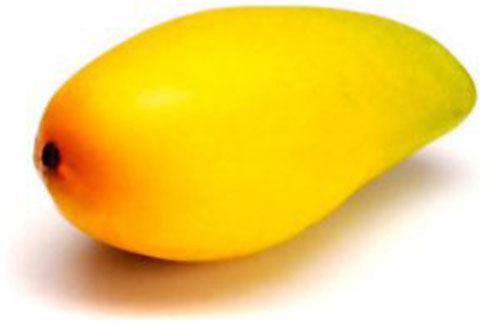
Mango
Mangoes are among the most succulent and delicious fruits on the Planet. They are rich in beta-carotene, potassium, vitamin C, and pantothenic acid, and B complex. Mangoes contain a large amount of digestive enzymes. 1/2 medium size mango contains 70 calories, 1 gram of protein, 18 grams of carbohydrate, and 2 grams of dietary fiber.
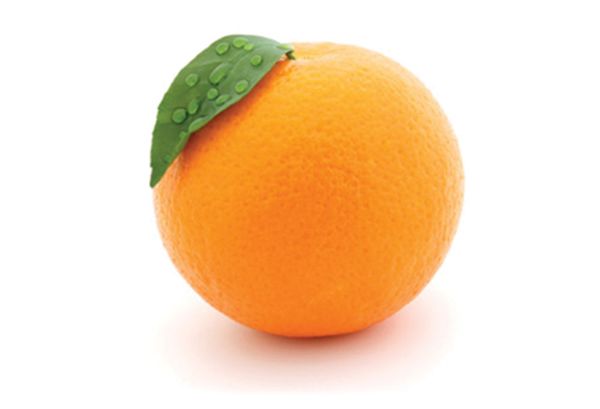
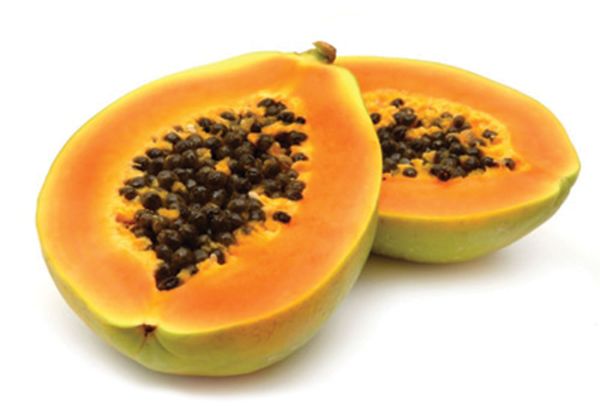

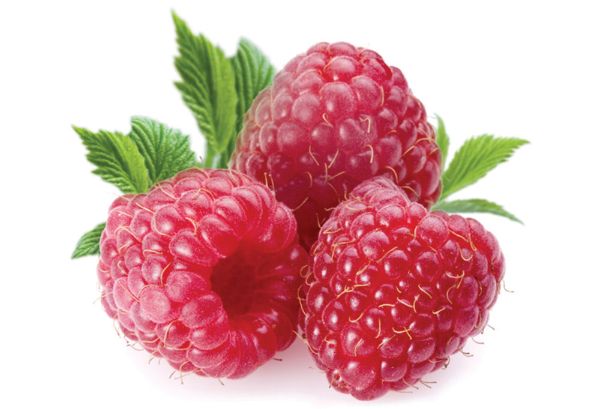
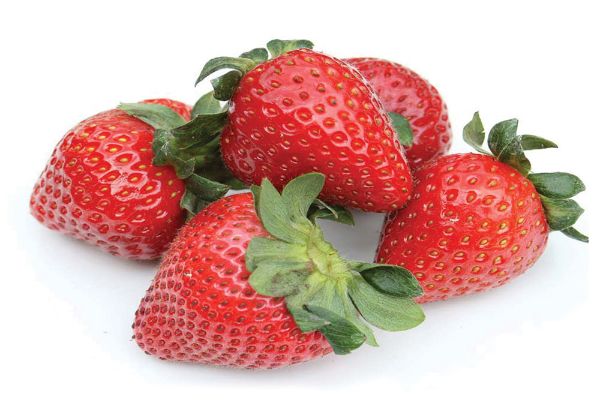
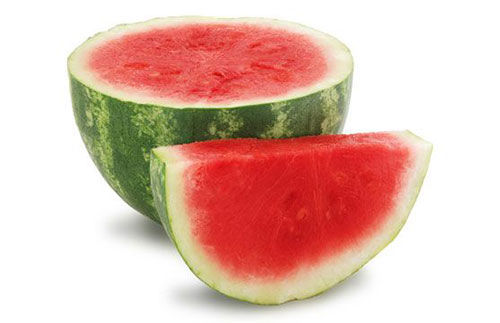
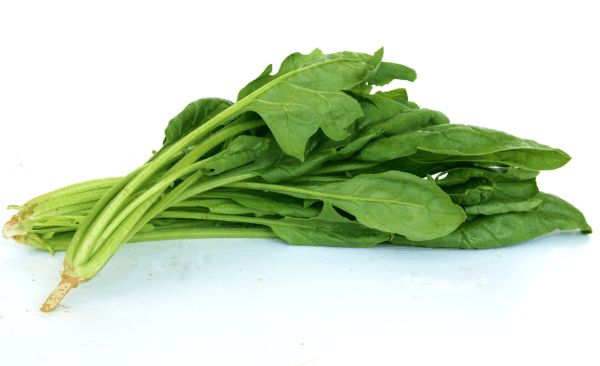
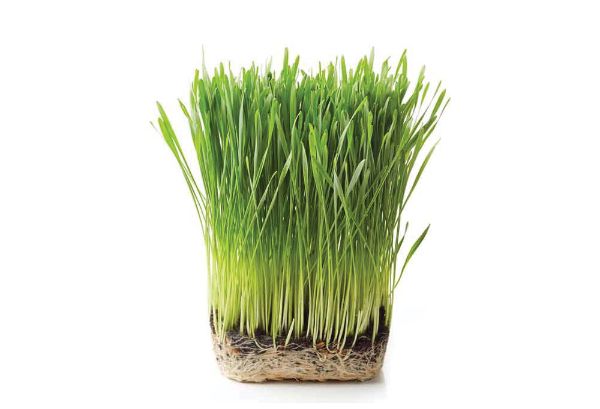
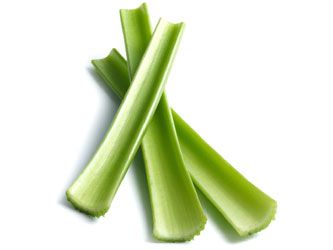

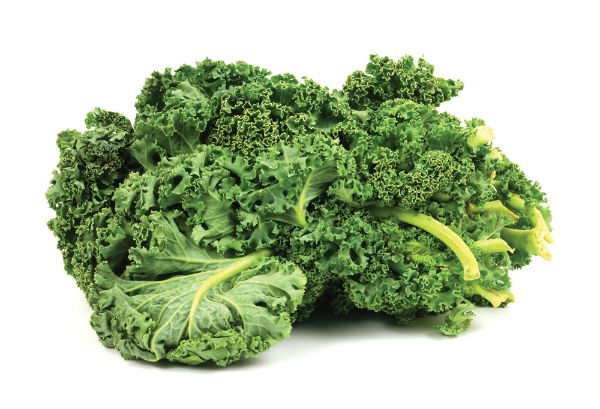
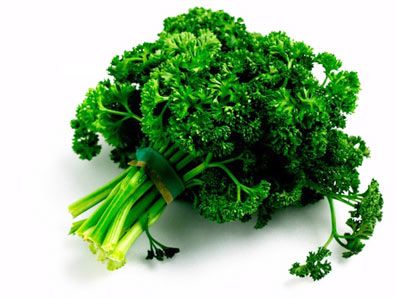
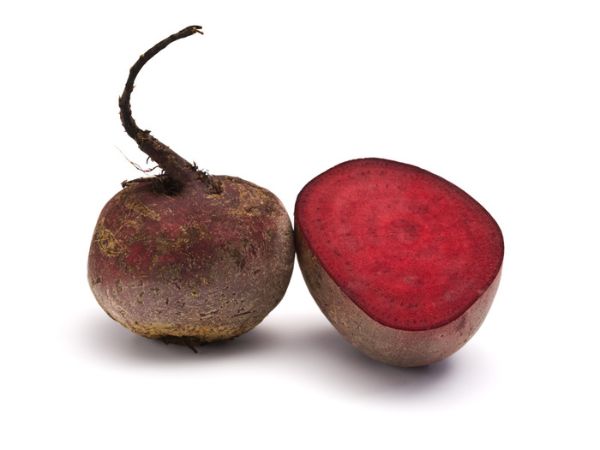
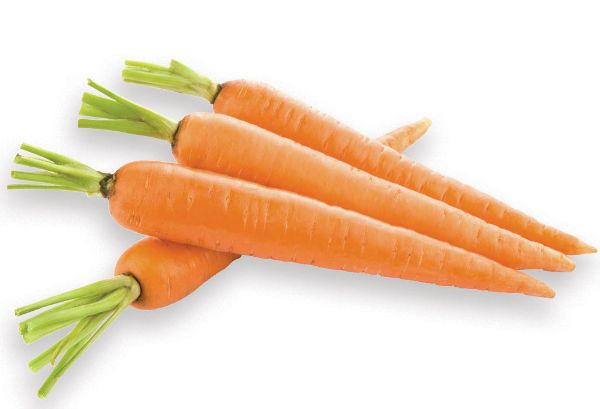


FOLLOW US